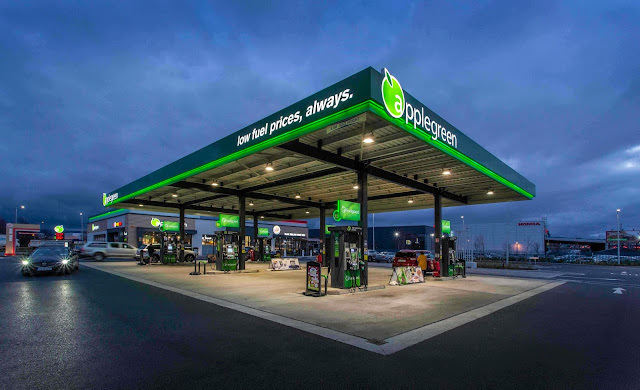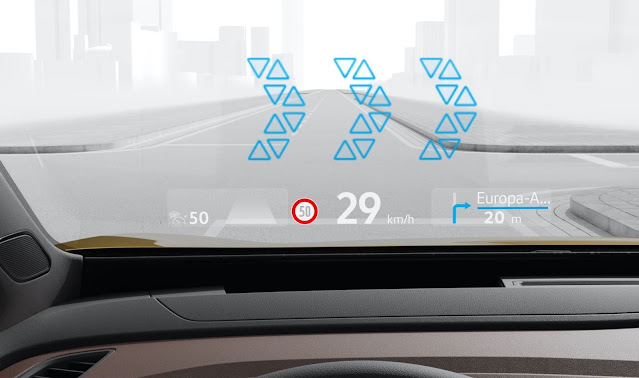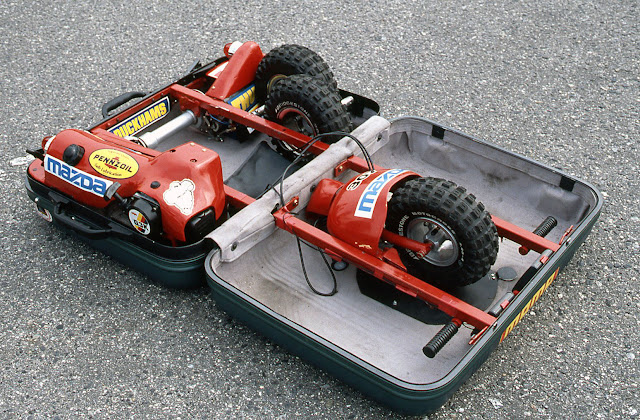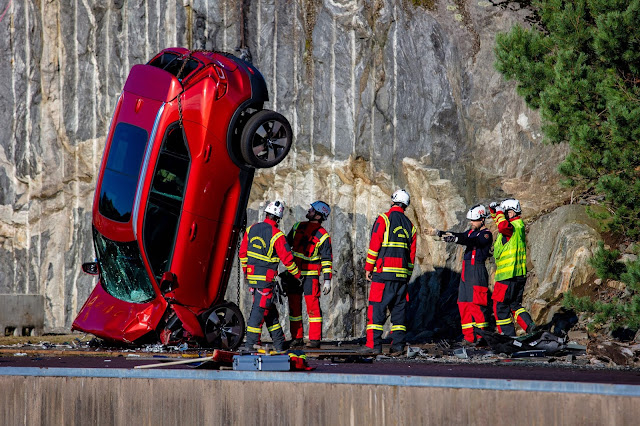1990 General Motors W-Body Sedans

By 1990 General Motors was on its path from industry dominance to bankruptcy. Ford's aerodynamically influenced 1986 Taurus was a marketing success that required a response from GM. That response was in the form of its new W Platform . Coupes appeared for the 1988 model year, sedans following for 1990. The present post deals with the sedans. These were the Chevrolet Lumina , Pontiac Grand Prix , Oldsmobile Cutlass Supreme and Buick Regal . Shamed by the lookalike 1982 A Body line, GM made an effort to have W Body cars for each brand look distinctive. Some details are discussed below. Gallery Chevrolet Lumina Euro I owned one of these during my time as demographic forecast supplier to GM. The basic Lumina had a different grille and no trunk lid spoiler. Pontiac Grand Prix This car had a slightly higher beltline and six-window passenger greenhouse. Rear door cutlines differ. Oldsmobile Cutlass Supreme The basic body here is similar to the Lumin...








